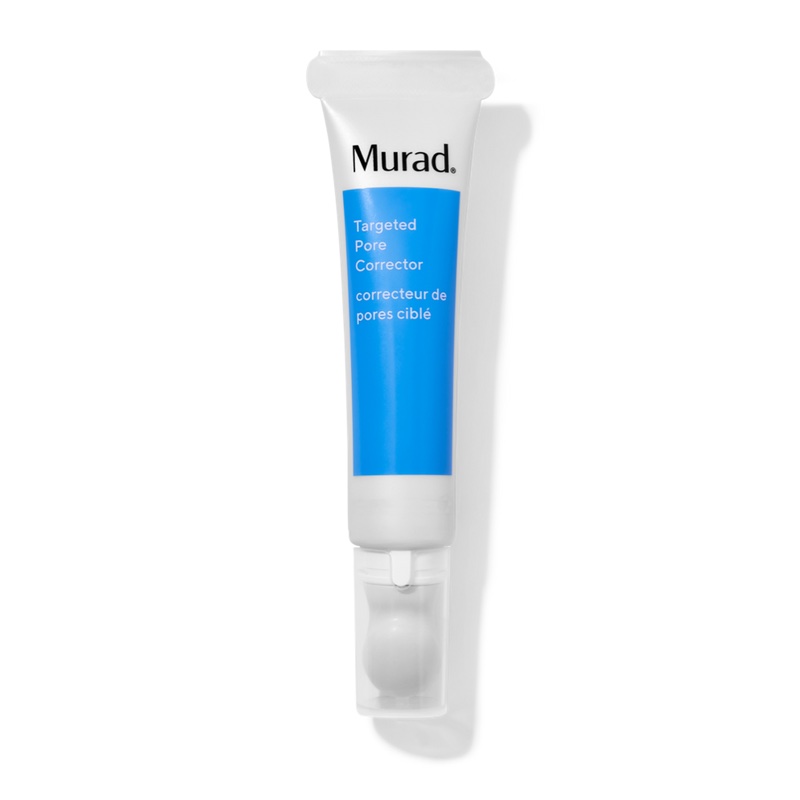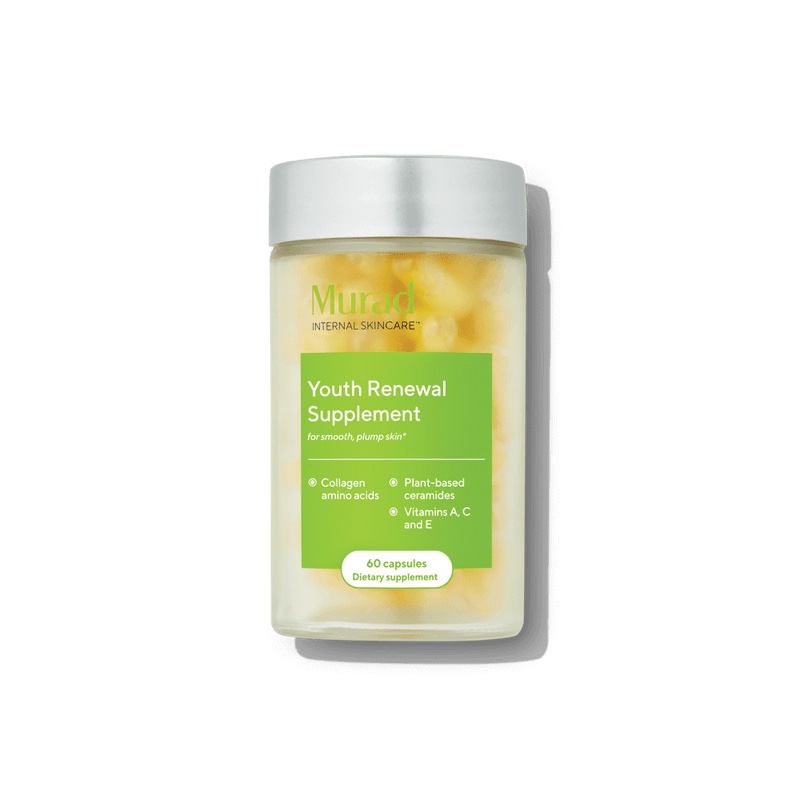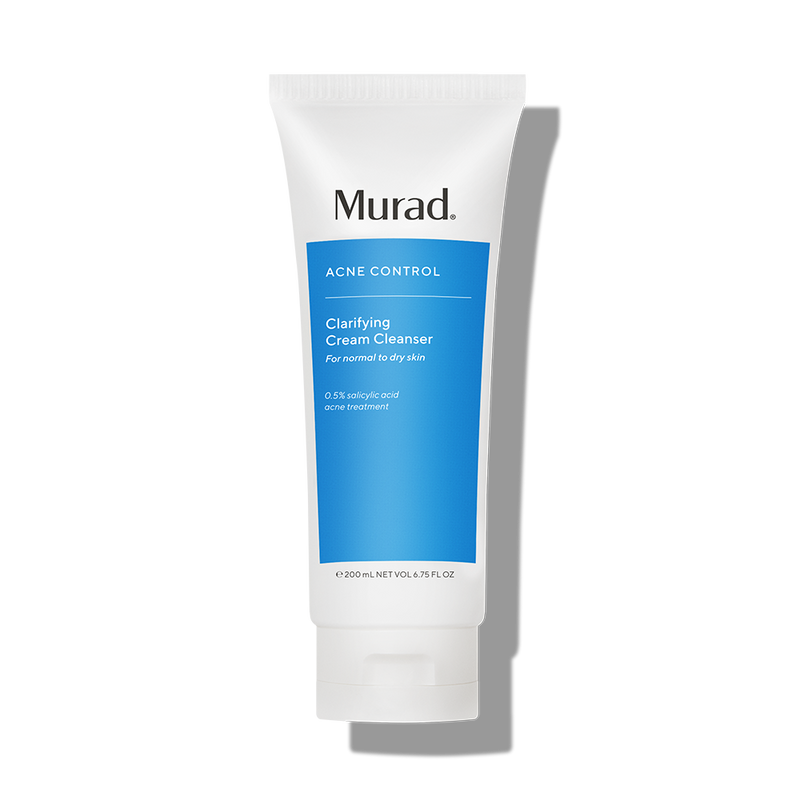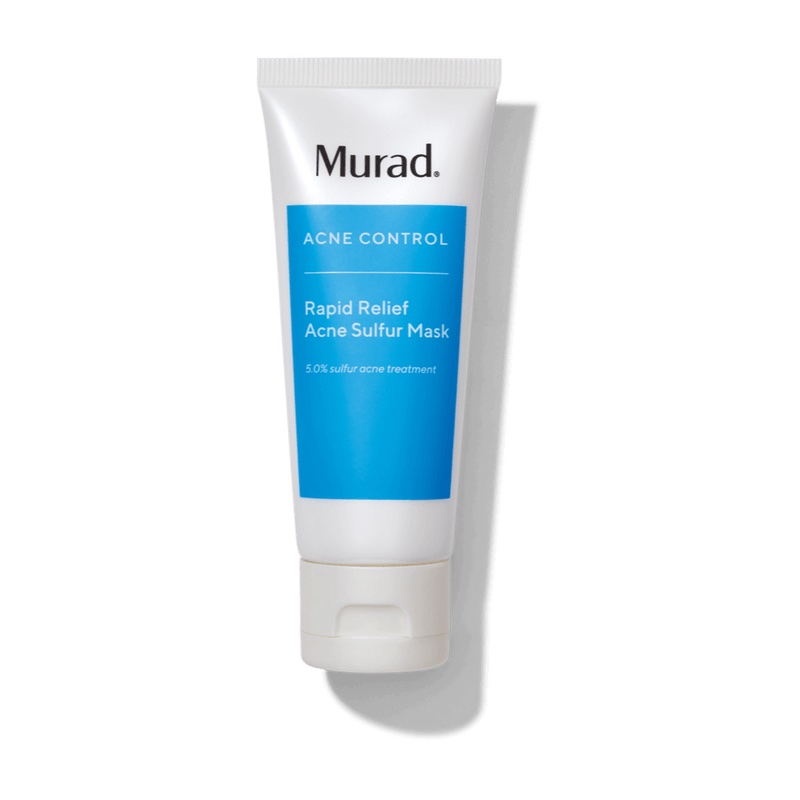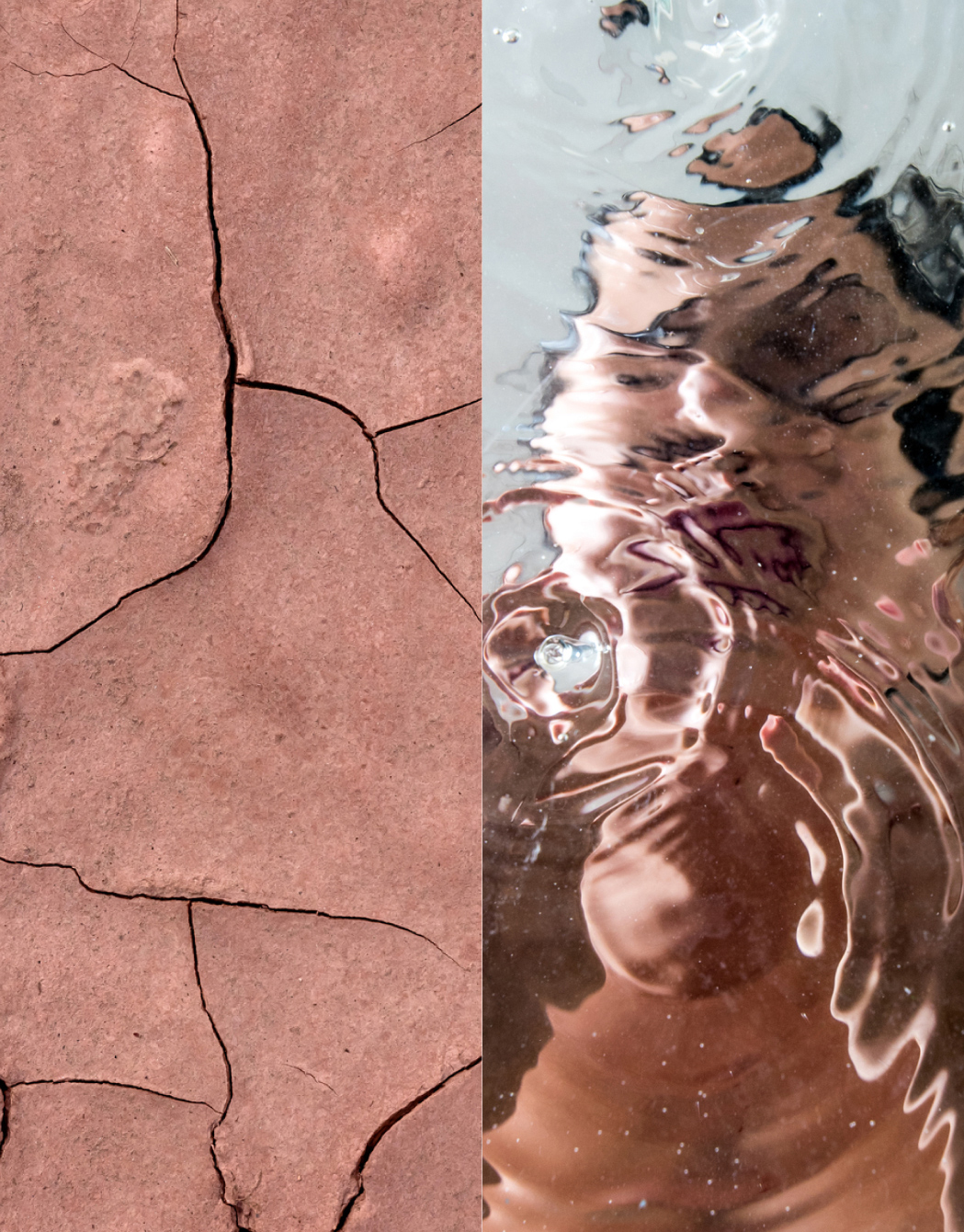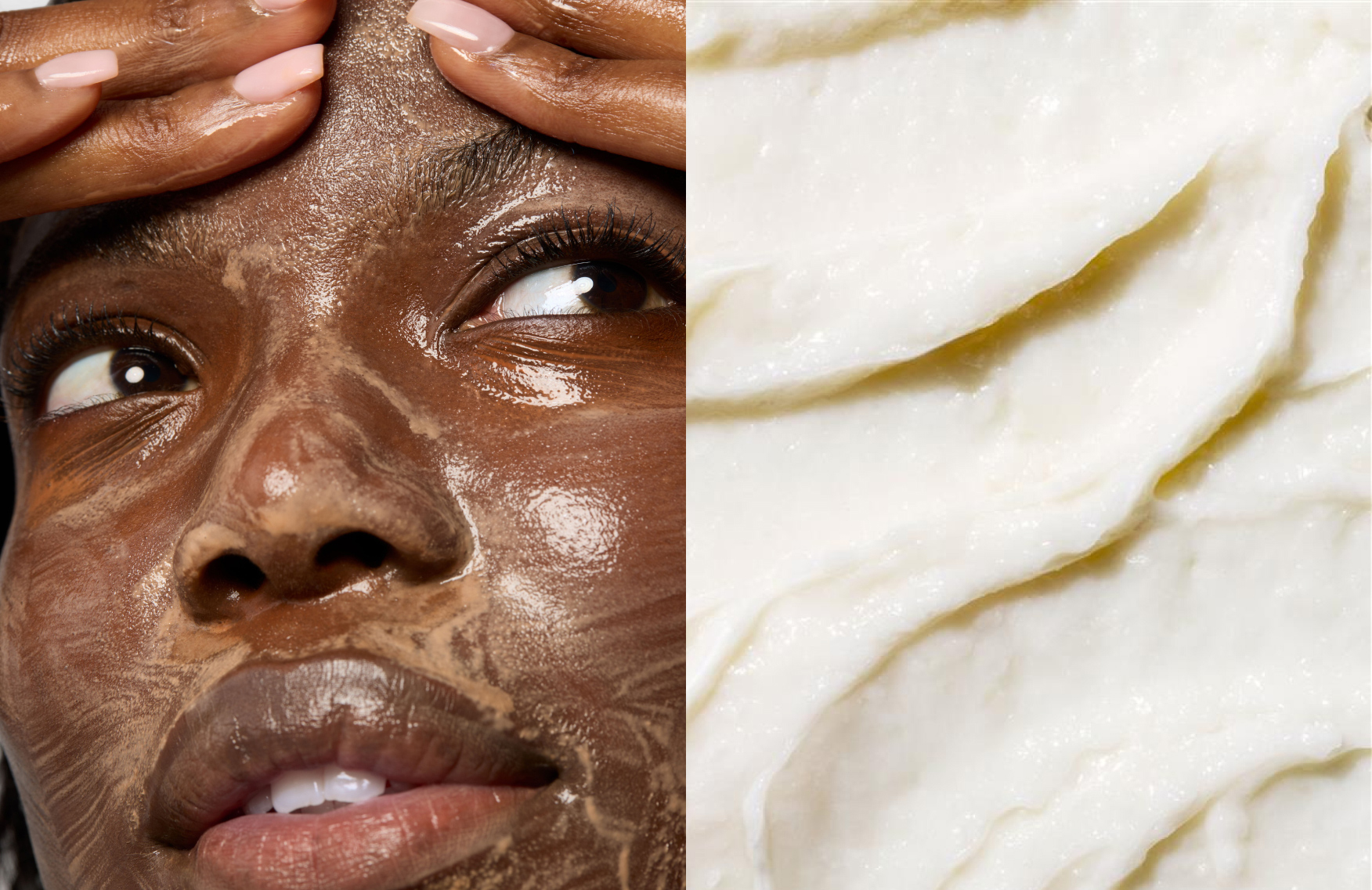Skin freaking out? Why hormonal imbalance might be to blame

Hormonal changes: They’re more than just a side effect of getting older. They are the chemical messengers of the body throughout our entire lives, serve many important functions and are very intertwined with our skin. After all, hormones come from the endocrine glands, travel through the blood and influence the organs. And the largest organ in the human body? The epidermis (skin). Let’s explore the 5 ways your skin is trying to tell you your hormones might be imbalanced.
Hormonal acne
Also known as adult acne, this skin condition is common for people ages 20 to 50. This issue most commonly results from excess sebum in oil glands. Acne occurs when pores get clogged, and with hormonal acne, skin hormones are the instigator causing the skin to produce too much oil. Acne skin care products, like a targeted pore corrector that makes pores appear smaller as it helps unclog pores and minimize blemishes, can be very helpful.
Hyperpigmentation
While this condition can be spurred by inflammation, sun damage or other medical conditions, hormonal changes are another common cause. In fact, during times like puberty and pregnancy when hormones are known to fluctuate, hyperpigmentation is often observed.
Treatments for hyperpigmentation do include more extreme remedies like laser therapy and chemical peels, but retinol products can also help reduce discoloration.
Large pores
Men or people Assigned Male at Birth (AMAB) tend to inherently have larger pores due to their abundance of sebaceous glands and typically oilier skin. The male sex hormone, testosterone, plays a substantial role in this by overstimulating sebum production within oil glands.
For women, hormonal fluctuations during the menstrual cycle can impact pore size, with one study finding a significant increase in the size of female pores during the ovulation phase. Additionally, as women get older, their female hormone levels decrease (estrogen levels and progesterone levels) and male hormone levels increase (testosterone levels), which can lead to:
- Increased oil production
- Thicker oil produced by the face
- Larger pore appearance
Even if you don’t have oily skin, loss of elasticity causes the pore wall to stretch. That said, with the right cleansers, targeted treatments and toners, you can combat large pores by getting a handle on oily skin, removing dead skin cells that might be clogging your pores and encouraging elasticity with ingredients like copper and amino acids (the building blocks of collagen).
Dry skin
On the other side of the oily skin spectrum, hormone imbalance can cause excessively dry skin. Since hormones are a major player here, it’s no surprise that the most frequent skin issue reported during menopause is skin dryness as a result of estrogen levels declining.
Another hormonal cause of dry skin is hypothyroidism. This is when the thyroid gland doesn’t produce enough of this hormone, and symptoms can include not only dry, but also coarse skin and a puffy face. You may even find yourself waking up with bags under your eyes. Thyroid hormone medication may be necessary to treat this condition. If you want to go the extra mile to give your dry skin a pick-me-up, try renewing serums and creams that restore hydration to your face.
References for this information:
Medline Plus Website, Hormones
Medline Plus Website, Health Videos
Cleveland Clinic Website, Hormonal Acne
National Cancer Institute Website, NCI Dictionaries
Cleveland Clinic Website, Hyperpigmentation
Cleveland Clinic Website, Skincare & Beauty
The British Journal of Dermatology, 2006, volume 155, issue 5, pages 890-894
Johns Hopkins Medicine Website, Health/Wellness & Prevention
Northwestern Medicine Website, Menopause and Your Skin
Everyday Health Website, Skin Self-Care
Mayo Clinic Website, Diseases and Conditions
